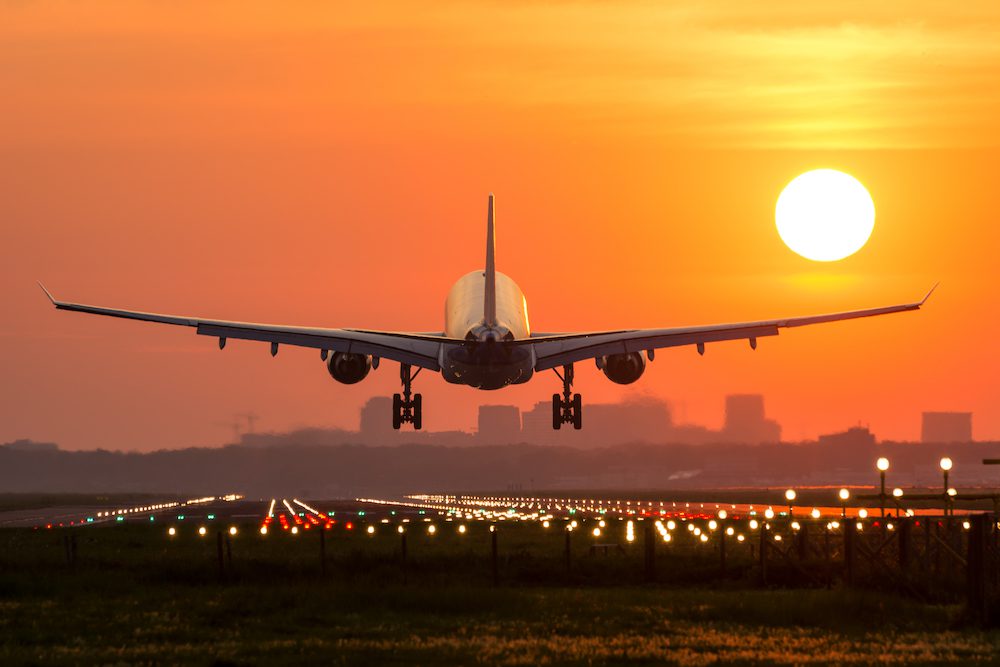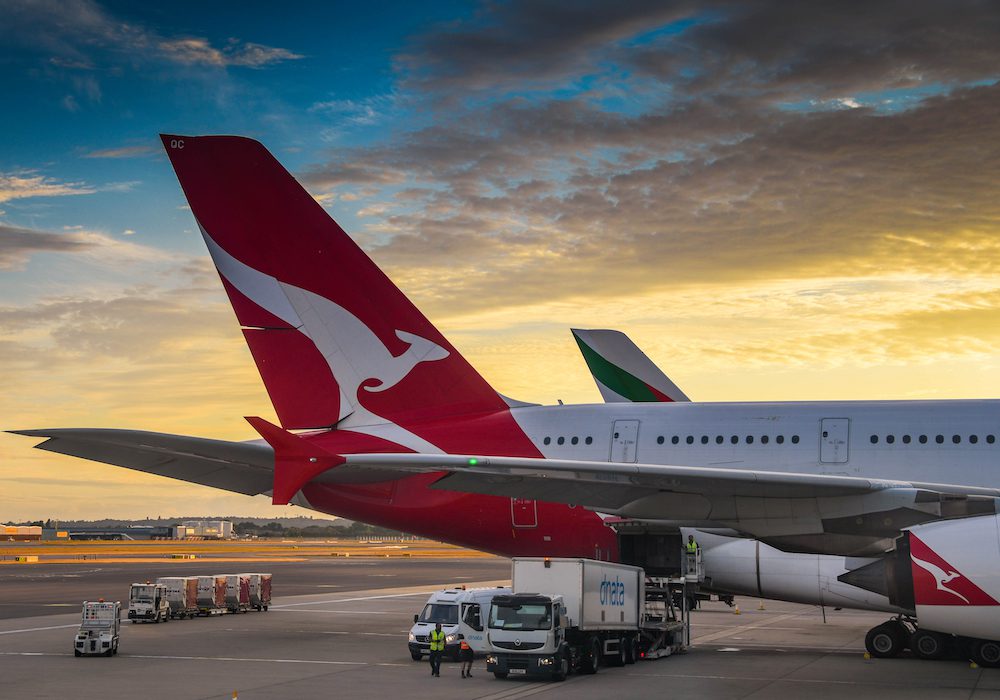2023 marked a huge 12 months for the airline industry, a year in which the majority of the world had fully reopened – and people had revenge travelled. But with record revenue, unprecedented passenger numbers and healthy profits, expect next year to be even bigger, says the International Air Transport Association (IATA).
According to IATA, airlines are expected to rake in a record US$964 billion (around AU$1.5 trillion) in revenue in 2024, an increase of 7.6 per cent over 2023.
When it comes to the bottom line, airline industry net profits are expected to grow to US$25.7 billion (AU$39 billion) in 2024 – equal to a 2.7 per cent net profit margin. This will reflect a small improvement over 2023, which is predicted to show a US$23.3 billion (AU$35 billion) net profit (a 2.6 per cent net profit margin).
Operating profits are also predicted to increase to US$49.3 billion (AU$75 billion) in 2024, from US$40.7 billion (AU$62 billion) in 2023.
In total, some 4.7 billion people are expected to fly in 2024, a number that exceeds the pre-pandemic record of 4.5 billion in 2019.
One coffee per person

Don’t read too much into that despite the healthy-sounding sums, says IATA.
“Industry profits must be put into proper perspective. While the recovery is impressive, a net profit margin of 2.7 per cent is far below what investors in almost any other industry would accept,” IATA Director General Willie Walsh said.
“Of course, many airlines are doing better than that average, and many are struggling. But there is something to be learned from the fact that, on average airlines will retain just (US)$5.45 for every passenger carried. That’s about enough to buy a basic ‘grande latte’ at a London Starbucks.
“But it is far too little to build a future that is resilient to shocks for a critical global industry on which 3.5 per cent of GDP depends and from which 3.05 million people directly earn their livelihoods.

“Airlines will always compete ferociously for their customers, but they remain far too burdened by onerous regulation, fragmentation, high infrastructure costs and a supply chain populated with oligopolies.”
Still, according to Walsh, “the $25.7 billion net profit expected in 2024 is a tribute to aviation’s resilience”.
“People love to travel and that has helped airlines to come roaring back to pre-pandemic levels of connectivity,” he remarked.
“The speed of the recovery has been extraordinary; yet it also appears that the pandemic has cost aviation about four years of growth.
“From 2024 the outlook indicates that we can expect more normal growth patterns for both passenger and cargo.”
More flights than ever
Altogether, 40.1 million flights are expected to be available in 2024, exceeding the 2019 level of 38.9 million and up from the 36.8 million flights forecast for 2023.
Revenue from passenger planes alone is expected to reach US$717 billion (AU$1.1 trillion) in 2024, up 12 per cent from $642 billion (AU$974 billion) in 2023.
Meanwhile, revenue passenger kilometres (RPKs) are predicted to be 9.8 per cent up year on year, while passenger yields in 2024 are forecast to improve by 1.8 per cent compared to 2023.
In 2024, air travel is set to maintain its robust efficiency with an expected load factor of 82.6 per cent, a slight improvement from 2023.
Survey says…

IATA‘s November 2023 passenger poll reveals positive trends among travellers, with a third of those polled saying they were travelling more than pre-pandemic.
Around half (49 per cent) said their travel habits are similar to pre-pandemic, while only one in five (18 per cent) said that they were travelling less.
Looking ahead, 44 per cent say that they will travel more in the next year, while only seven per cent say they will travel less. Around half (48 per cent) expect to maintain similar levels of travel in the coming 12 months.
Travel expenses are projected to reach US$914 billion (AU$1.4 trillion) in 2024, a 6.9 per cent increase from 2023 and 15.1 per cent rise from 2019.






